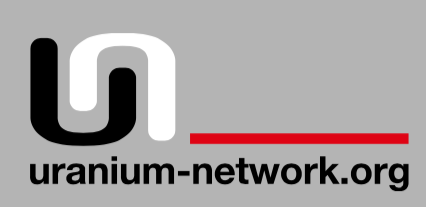New Arctic strategies are underway in the Danish Realm and the European Union. By encouraging large-scale mining and oil and gas extraction, the existing strategies have a negative impact on Greenland’s pristine environment. Unfortunately, there are no signs that the new strategies will be any different. Greenland possesses some of the world’s largest oil and gas and mineral reserves and currently, there are about 70 active large-scale exploration and exploitation licenses in Greenland, covering thousands of square kilometres, and almost all related to surface mining projects. Most of them are located in Southern Greenland, which has the country’s richest biodiversity and all of Greenland’s farm land. Recently, the big rare earth elements mining project at Kringlerne has been approved, which is described by its owner as the probably largest deposit in the world. And in a few months, the controversial rare earth elements and uranium project at Kvanefjeld is expected to get an exploitation license. In addition to containing the second biggest uranium and by far the largest thorium deposits, the Ilimaussaq-complex, of which Kvanefjeld is a part, has the second largest deposits of rare earth elements in the world.
137 NGOs call on the Greenlandic and Danish governments, the European Union, and everybody else who take an interest, to help establish an Arctic sanctuary. The inspiration could be the Antarctic Treaty, as supplemented by the Madrid Protocol signed in 1991, but respecting the fundamental difference represented by the populated nature of Greenland and the Arctic and the rights and needs of the peoples and nations of the Arctic region.
